Harness the power of planking in your fitness routine
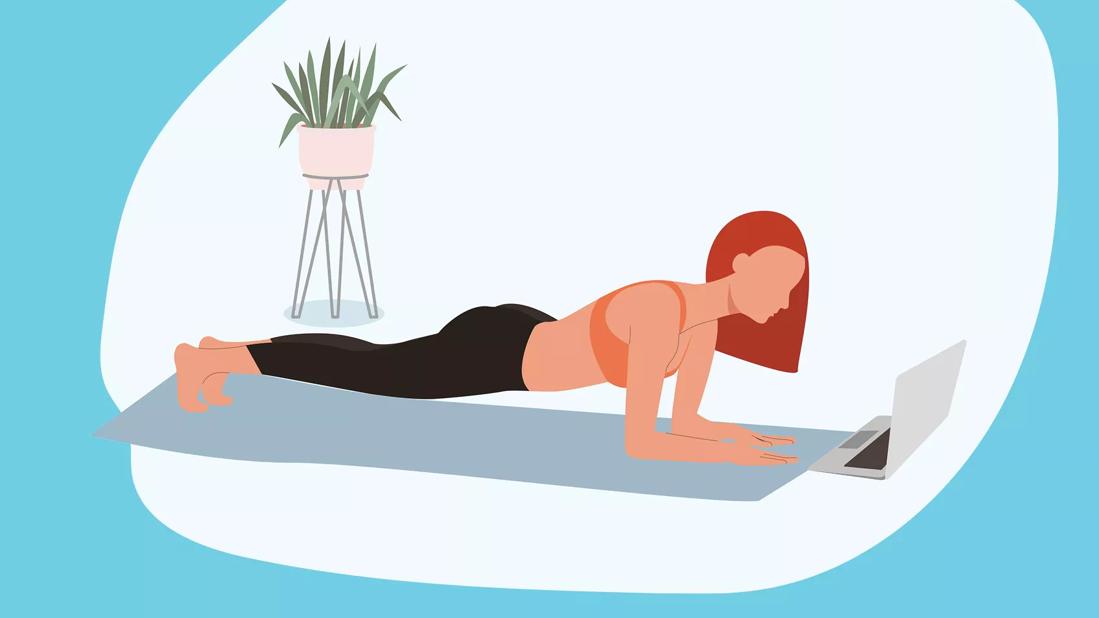
Whether you want six-pack abs or content for your social media channel (#PlankChallenge, anyone?), plank exercises are equal parts fun trend and health mainstay.
Advertisement
Cleveland Clinic is a non-profit academic medical center. Advertising on our site helps support our mission. We do not endorse non-Cleveland Clinic products or services. Policy
“A plank is when you hold your body in a straight and in-line position like a plank of wood,” says exercise physiologist Katie Lawton, MEd. And when done correctly, it leads to a host of health benefits.
While the promise of getting a six-pack from planks may be overblown (Lawton says that’s more diet-related), they still offer many benefits, including:
Planking is free and takes only a couple of minutes — no gym membership or special equipment required. “You can do it anywhere,” Lawton says.
The ability to brace your core is important for many everyday activities. “Our core needs to be strong to protect the spine when doing things that can cause back pain, such as lifting your child up or leaning forward to unload the dishwasher,” she says.
Squatting, dead-lifting and pressing overhead without injury is hard to do without a strong core. “We need to keep our spine straight to do these exercises. Planking provides you with better core strength to be able to brace during these movements,” Lawton says.
While Lawton says planking alone won’t improve your posture, muscle memory might. “If you can remember to brace your core throughout the day, it can help keep your lower back in a position where you’re standing or sitting up straighter.”
Advertisement
“Exercise can have a positive effect on our mental health,” Lawton says. “When you see yourself getting stronger, it can be encouraging. It’s also important to breathe while you plank to further engage your core muscles. Some breathing techniques can help boost your mood.”
Plank exercises work your core muscles, which are located between your pelvic floor and diaphragm. The area is also known as your trunk. These muscles support your movements and stabilize the spine.
Core muscles include:
“Plank exercises generally strengthen your ability to brace your abdominals,” notes Lawton. “Planks can also activate other related muscles, such as your glutes (muscles in your buttocks), hamstrings (muscles in the backs of your thighs) and lower back.”
To do a traditional high plank, get in a pushup position and hold, with your body lifted off the ground. For proper form, make sure your:
If you try to do a plank exercise and feel like you’ve bitten off more than you can chew, Lawton explains how to build up to the real deal:
From there, the sky’s the limit. In addition to the traditional high plank, try to:
“You shouldn’t have any back or shoulder pain. If you do, your form may be off,” warns Lawton. “To correct your form, take a picture or video of yourself while you plank to see what you need to change.”
“Hold a plank for about a minute before you start advancing,” Lawton says. “Once you can do three sets of one minute in a modified plank exercise, then progress to the low plank. If you start off at three sets of 30 seconds in a low plank, try to hold it longer and longer as the weeks go by. Same thing with the high plank.”
Advertisement
To reap the maximum benefits, Lawton recommends:
“These movements often mimic our everyday activities, such as reaching to get something out of a top cabinet. By working on bracing the abs when we do these movements, you can help prevent common back injuries,” says Lawton.
Not to be neglected, your obliques have a plank exercise designed just for them. To do a side plank:
Just like the high plank, you can start on your knees and then progress to:
Side planks also help develop core stability. “Side planks help stabilize the spine and improve spine and oblique strength,” Lawton says. “For most people, one side is not as strong as the other. Another benefit of side planks is that they help you with that strength imbalance.”
Advertisement
Plank exercises provide an almost endless variety of ways to strengthen your core muscles. But with so many options, you may wonder where to start.
“Personal trainers are a great resource when you start an exercise program. They are well-educated about planks and how to progress people to more challenging movements,” Lawton says. “If you have a history of back pain, your physical therapist is another great option. They can give you good guidance about how to do a plank safely.”
Advertisement
Learn more about our editorial process.
Advertisement
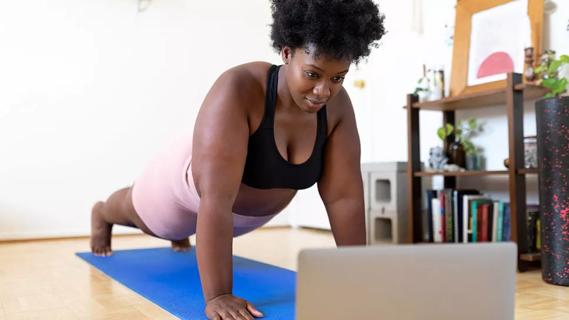
The exercise — which you’ve probably been doing since grade school — can be intimidating, but proper form can help
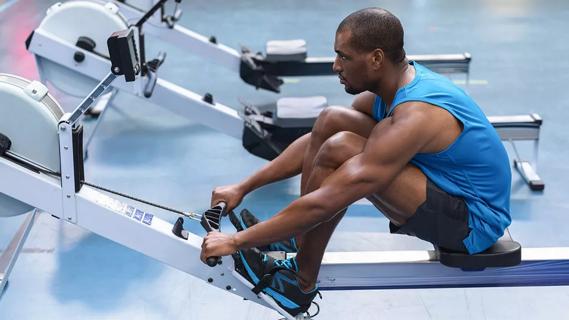
Exercise lowers risk for heart conditions, improves mental health and reduces visceral fat that can compromise your organs
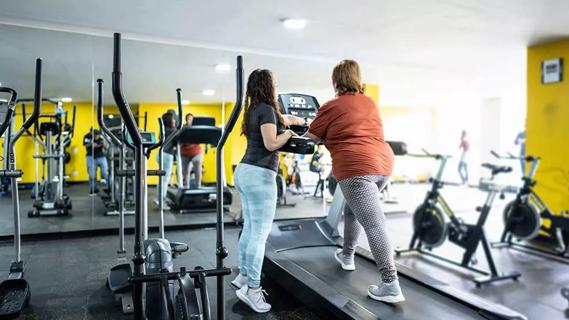
Ask questions, get referrals and consider if someone is a good fit for you and your fitness goals
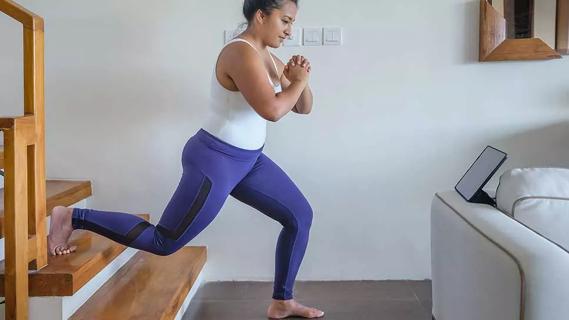
Expect a few bumps in the road, work out for the right reasons and give yourself some credit
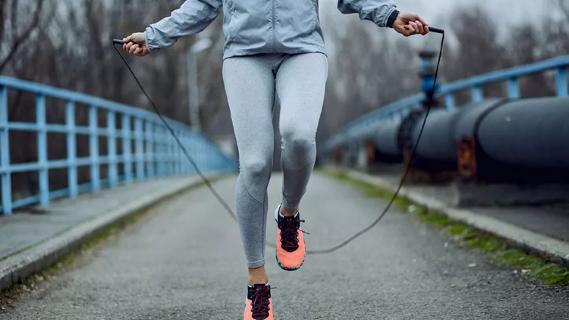
Jump into the swing of things to improve your coordination, burn calories and get your heart rate going

Walking with a weighted backpack is a low-impact, full-body workout that’s growing in popularity

A super high heart rate means you’re burning more than fat
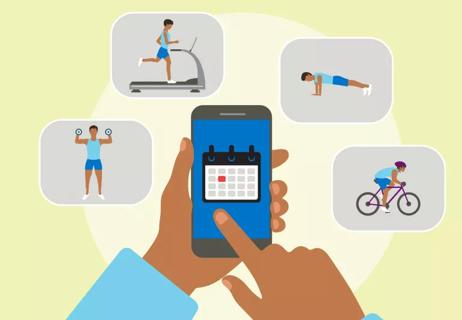
Meet your workout goals by accounting for frequency, intensity, time and type

Type 2 diabetes isn’t inevitable with these dietary changes

Applying a hot or cold compress can help with pain